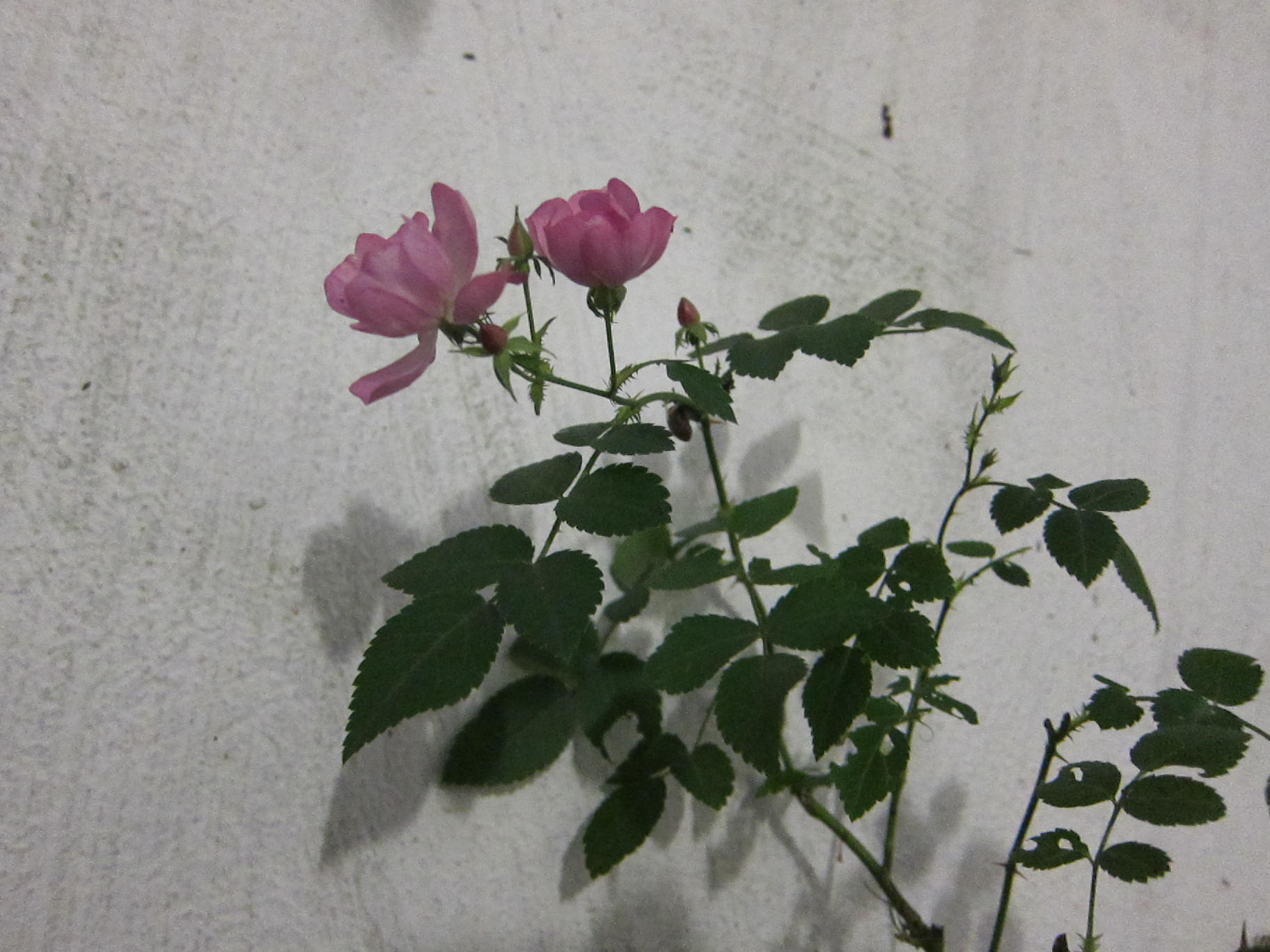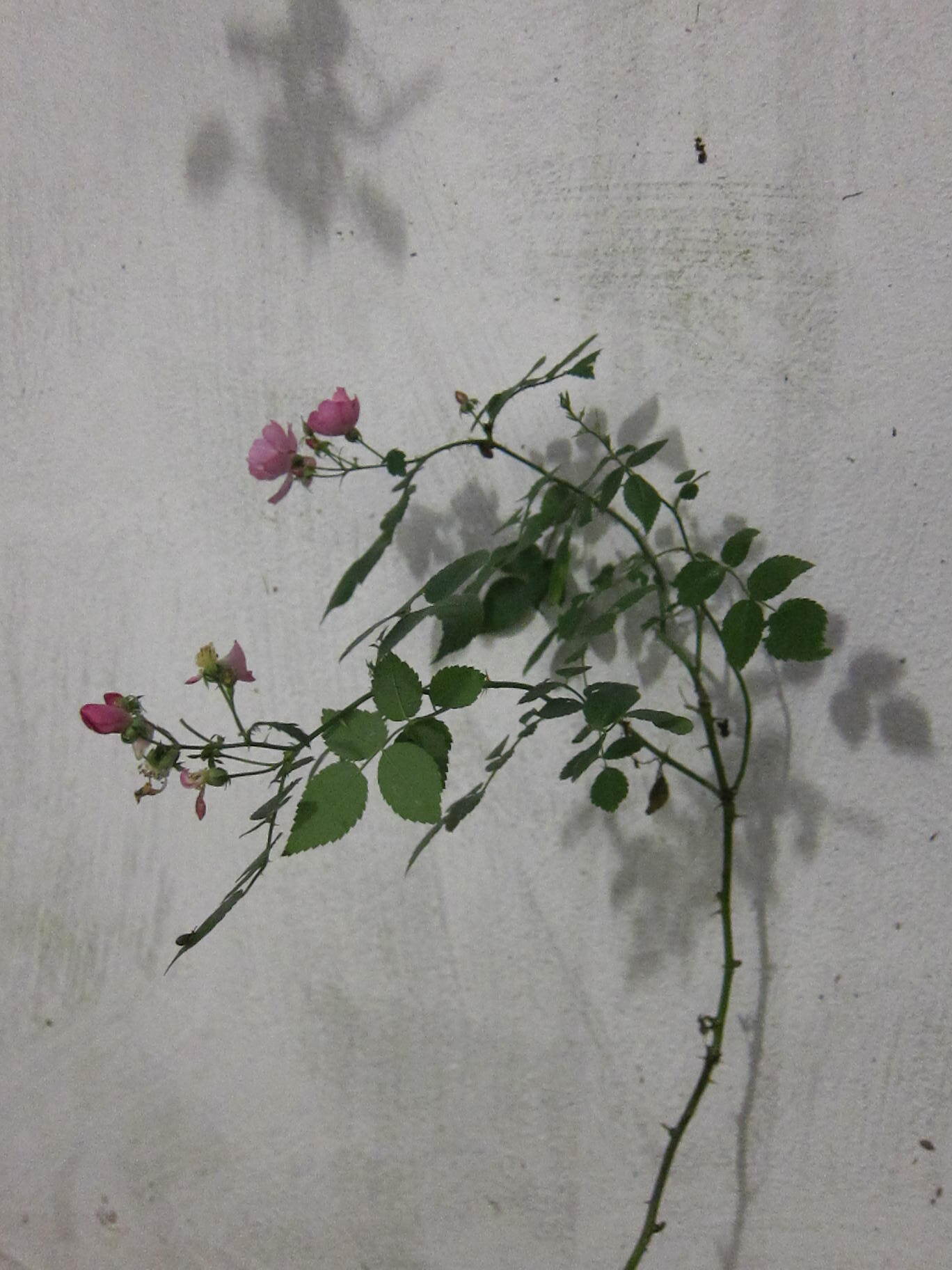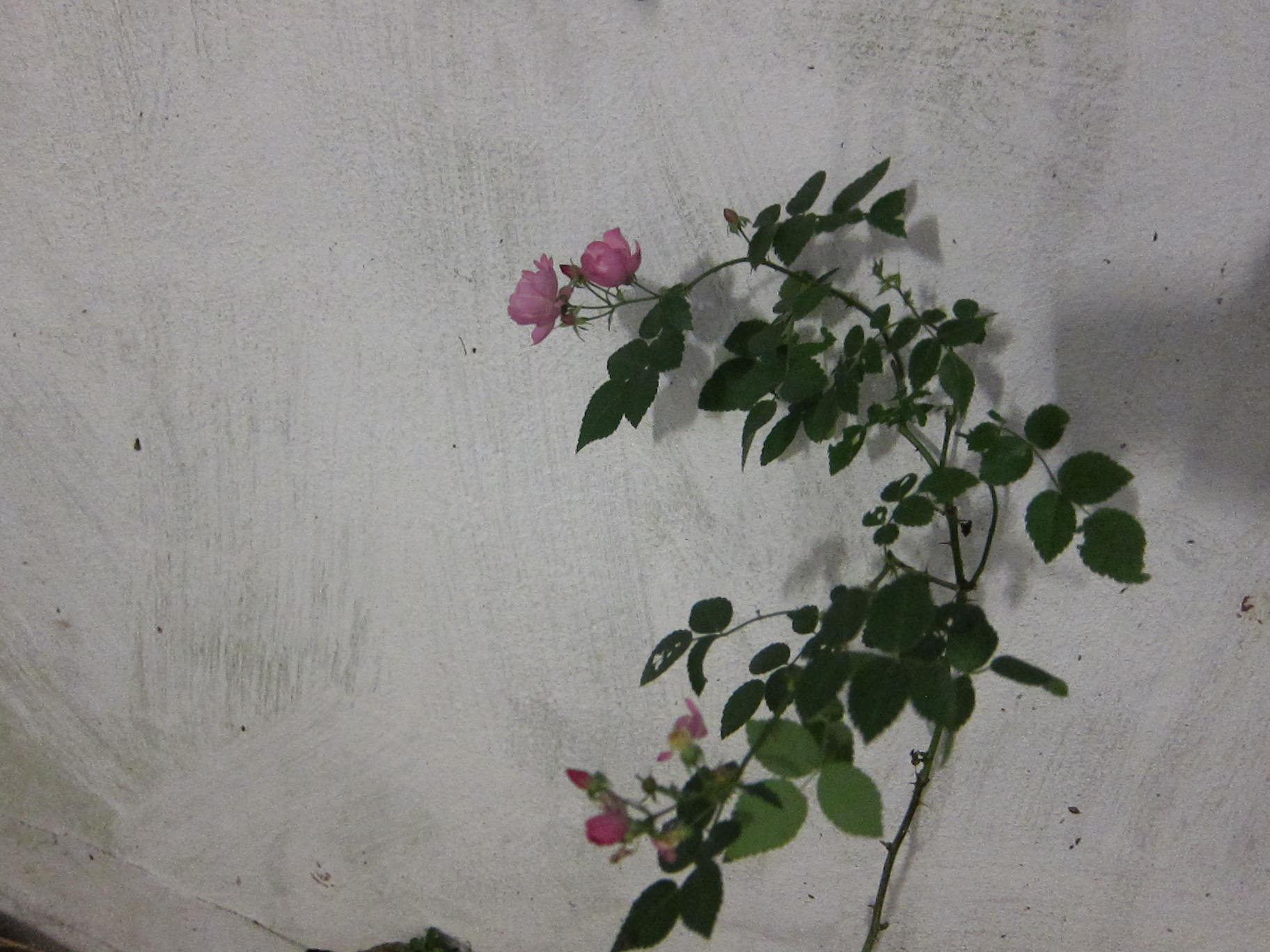I have a small rose bush that I grew from “Blue for You” seeds, currently growing in a 12 inch cube container with a miniature “Angel Wings” rose (which right now has a few deep pink flowers on it, the flowers deeper pink than usual in the cold weather). I treasure the “Blue for You” most, as it is the only one that has survived from the seeds I planted, and I have several “Angel Wings”, but I still like the “Angel Wings” and would like both to survive.
My questions are, is late December an ok time of year to be splitting them into separate pots? Also what size pot should I ideally transplant the “Blue for You” seedling into? It is currently about 12 inches tall and bushy. I want to give the “Blue for You” seedling the best place for light, it still has all its leaves, as does its parent. Would it be ok to keep the “Blue for You” seedling in the 12 inch cube pot, and move the “Angel Wings” to a bigger pot?
“Blue for You” is supposed to grow to about 3 or 4 feet tall eventually, maximum height 1.5 metres, which is about 4.5 feet, nearly as tall as an adult. It is considered suitable for growing in pots, and my parent “Blue for You” plant is doing very well in a huge pot.
Any tips on keeping the “Blue for You” seedling alive? Do I have to be very careful separating the roots of the two roses growing in the same 12 inch cube pot, or should I sacrifice the “Angel Wings” completely, as I have several of them and they are far easier to reproduce? I don’t like sacrificing them, but if I have to to keep the “Blue for You” alive, then so be it.
In my limited experience with “Angel Wings”, they were especially beautiful in their second year from seed, probably maximum height of about two and a half feet tall, absolutely covered with small flowers and then bright red small hips, but last year, their third year, they didn’t seem to be flowering much and I cut them back a lot, though for some reason last year was odd for a lot of things in the garden and it was cold until well into June. I got fed up with them taking over space with a lot of leaves and few flowers. One “Angel Wings” that I did get rid of last summer had grown to about two and a half feet tall and very bushy, and its roots were completely taking up a large pot.
Another question is whether it is ok to grow small spring flowers such as Aubretia and Violets in a pot with a rose? Will their roots be big enough to deprive the rose? Would planting spring bulbs in a pot with a rose deprive the rose’s roots, given that after flowering spring bulbs retreat back into the bulb? Are small bulbs like snowdrops and crocuses better than large bulbs like hyacinths in this respect? One advantage I noticed is that as soon as flowers appear, aphids seem to suddenly disappear, maybe due to all the hoverflies and their larvae which eat aphids, although my “Blue for You” has never been particularly susceptible to aphids, but my “Angel Wings” are.
But my main question is how best to keep my most treasured “Blue for You” seedling alive and thriving, whether I can transplant it in late December, and what size pot it should eventually need, and whether the 12 inch cube pot is adequate for it for a year or so? (And would putting a Violet (Viola odorata) in the 12 inch pot with it deprive it of root space?)


